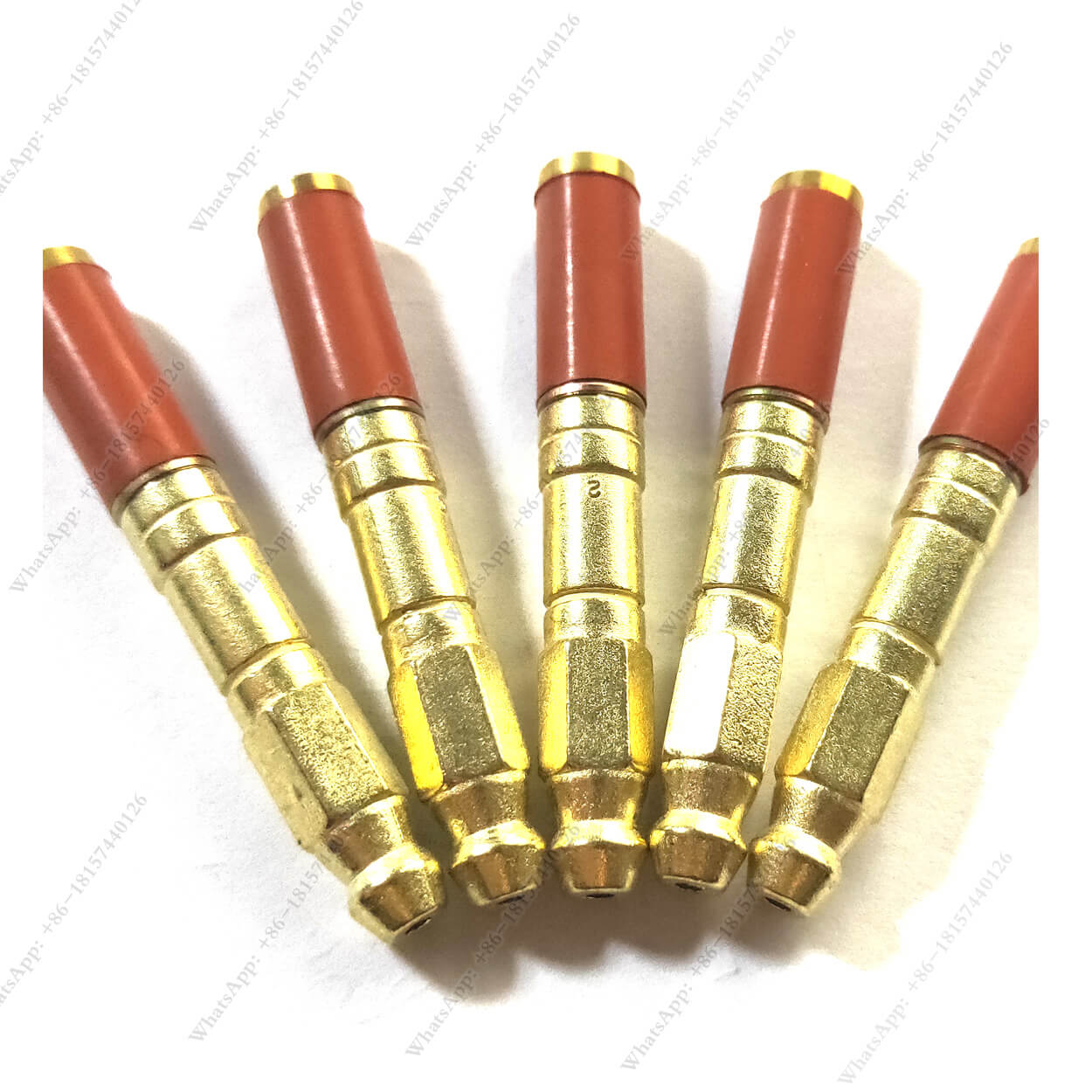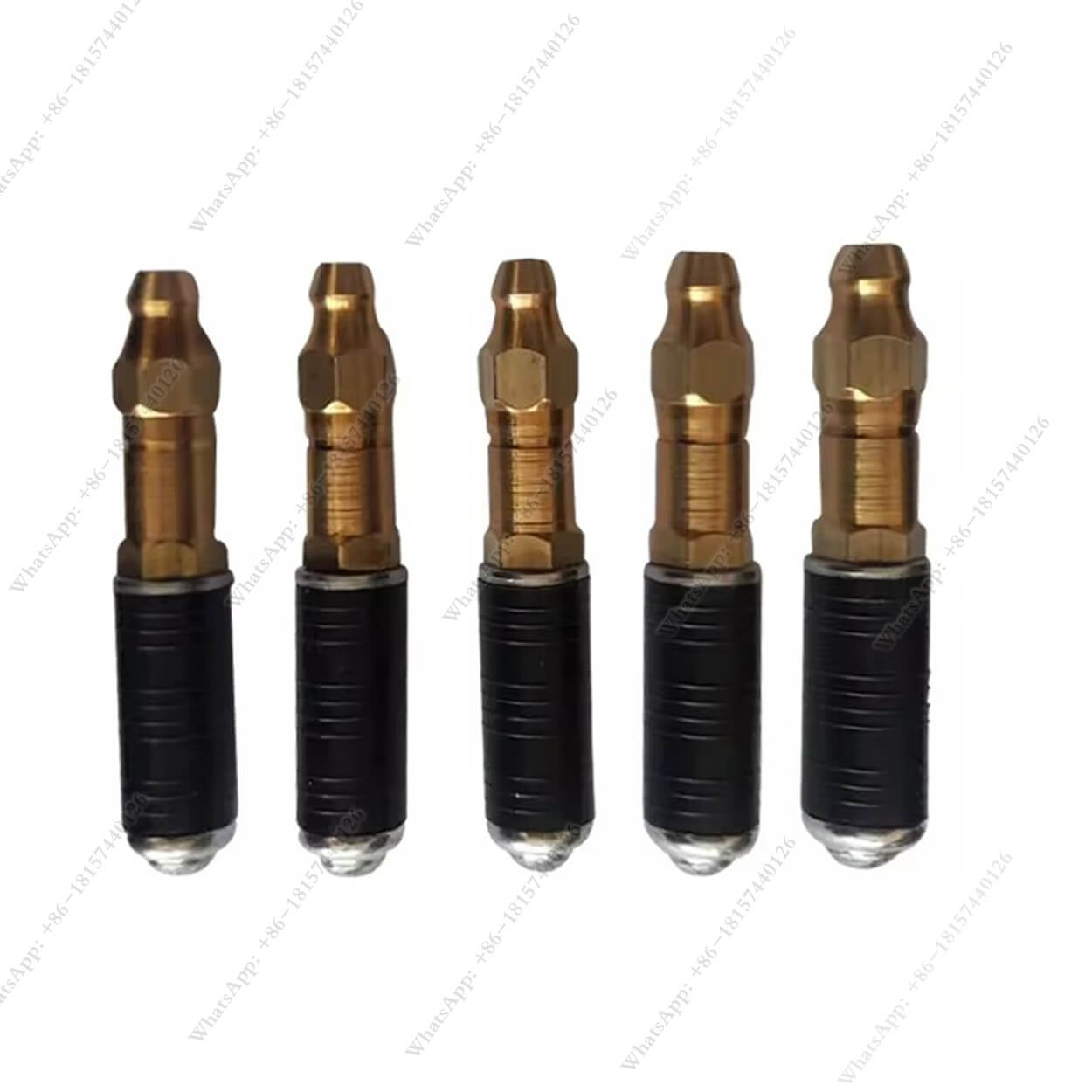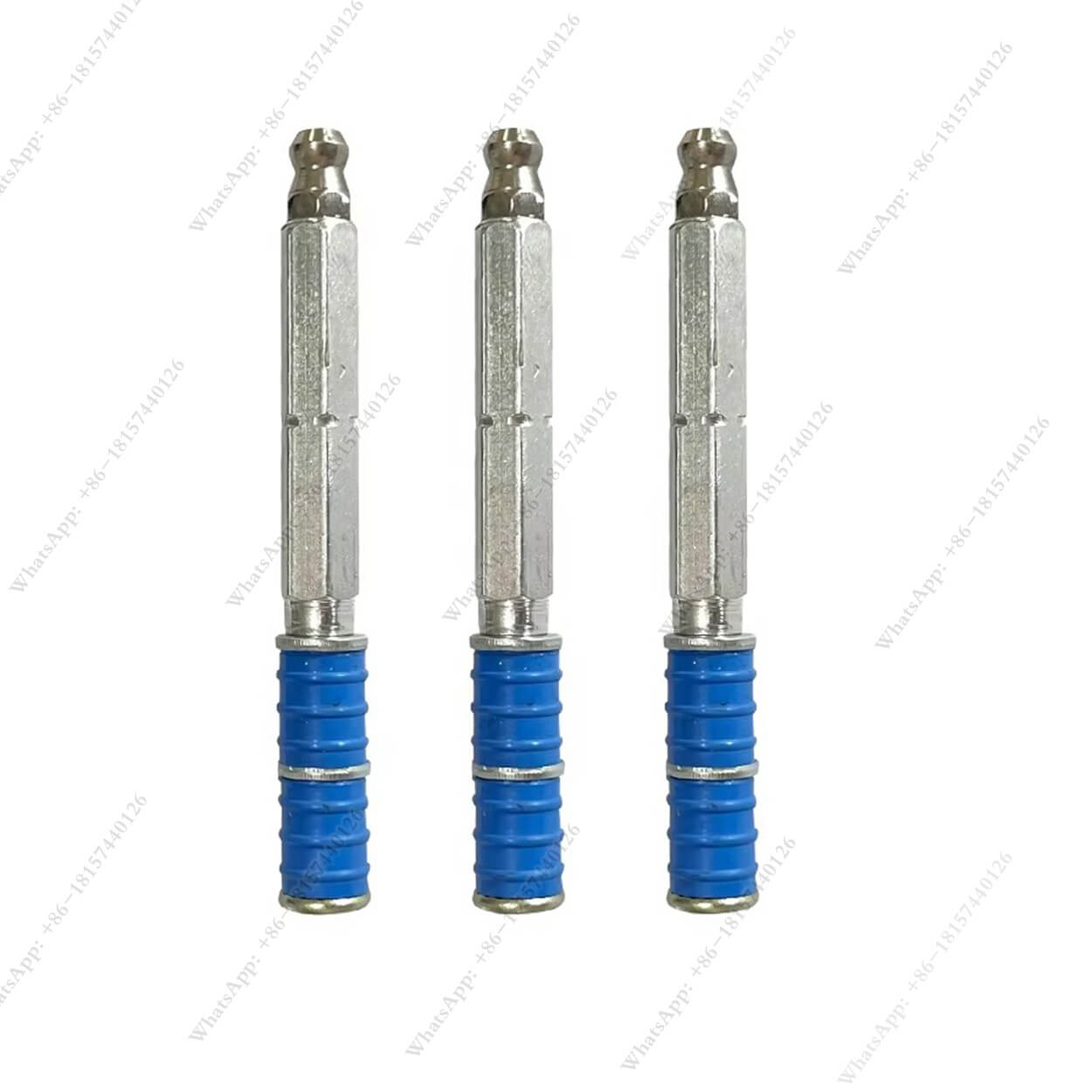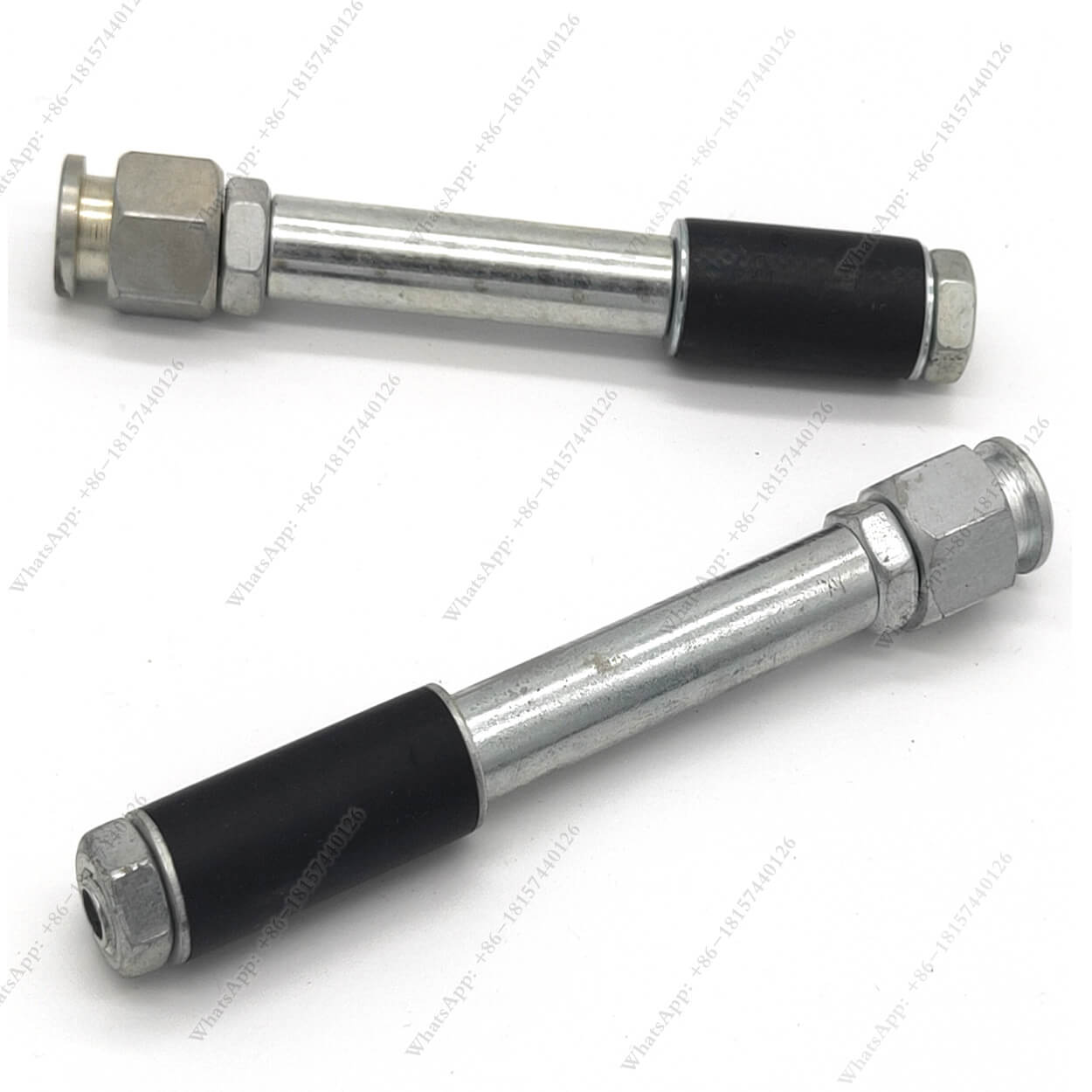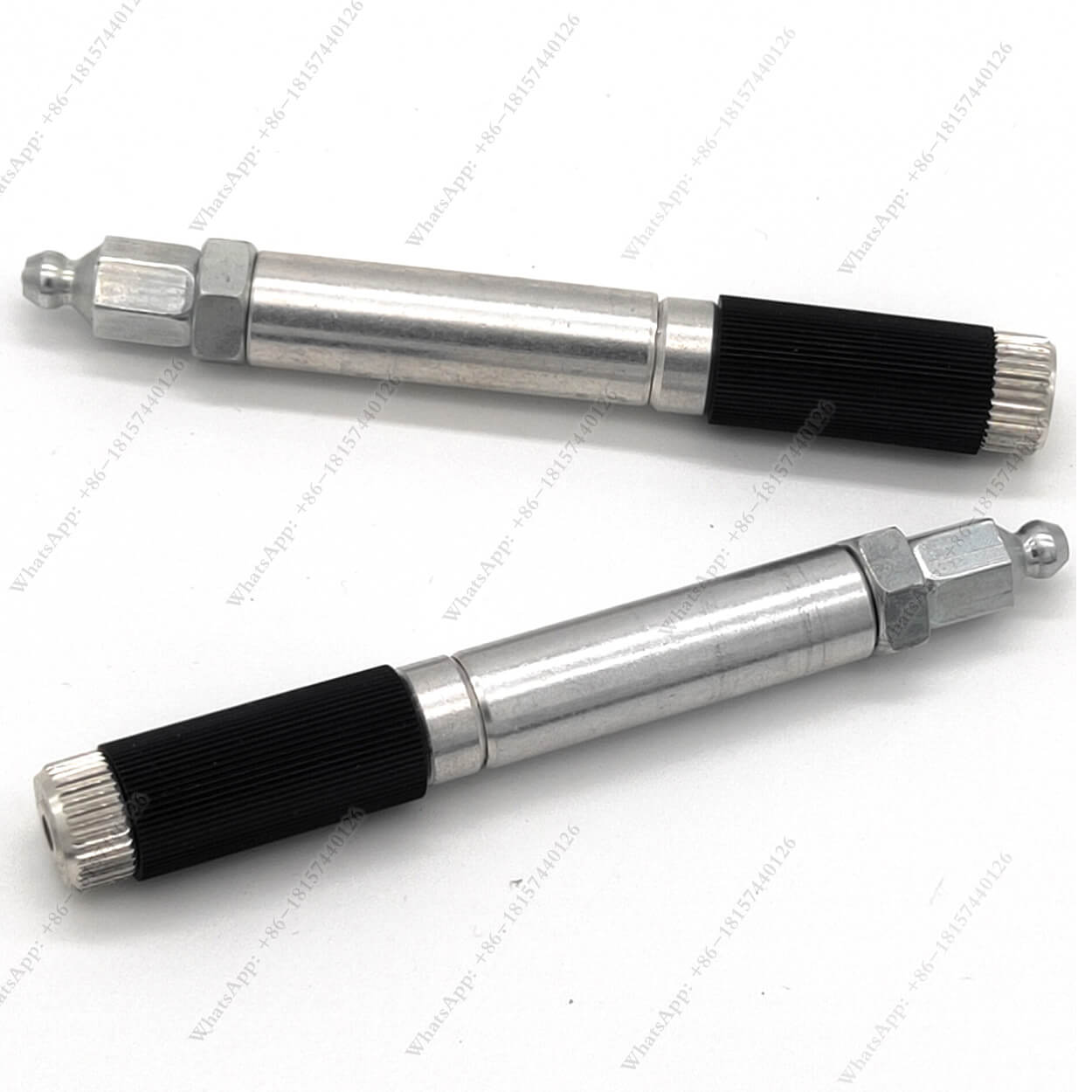What is the Injection Grouting Procedure? A Detailed Guide to Concrete and Masonry Repairs
Table of Contents
Summary
This method is primarily employed to fill cracks, voids, and gaps within materials, preventing further damage, enhancing structural integrity, and improving waterproofing. Understanding the injection grouting procedure can help you make informed decisions when addressing issues like leaks, cracks, or weakened foundations.
In this article, we will explore the step-by-step procedure of injection grouting, its importance, and how different types of grouting are used in various applications, from concrete repairs to masonry waterproofing.
What is Injection Grouting?
Injection grouting is the process of injecting a specially formulated grout into cracks or voids within a material (like concrete or masonry) to fill those gaps, stabilize the structure, and prevent further deterioration. The grout used can vary depending on the purpose—whether it’s for waterproofing, structural repair, or void filling.
Why is Injection Grouting Important?
- Prevents further damage: Grout injection fills cracks or gaps, preventing water infiltration, which can lead to further deterioration and weakening of the structure.
- Strengthens the structure: Once the grout hardens, it enhances the load-bearing capacity of the material.
- Improves waterproofing: By sealing the cracks, injection grouting creates a water-resistant barrier.
Injection grouting is particularly effective in environments that are subject to moisture, like basements and underground foundations, where it is crucial to stop water infiltration and ensure the stability of the structure.
What is the Step-by-Step Injection Grouting Procedure?
The injection grouting procedure involves a series of well-defined steps to ensure the grout is properly injected and fills the cracks or voids effectively. Here’s a breakdown of the typical procedure:
Step 1: Surface Preparation
Before starting the grouting process, the surface is cleaned to remove any dirt, dust, or debris that could prevent the grout from adhering properly. This step is essential to ensure a strong bond between the grout and the surrounding material.
Step 2: Drilling Injection Holes
Small holes are drilled into the surface of the concrete or masonry structure along the cracks or voids. The spacing and depth of these holes depend on the size of the cracks and the type of grout used. The holes serve as the entry points for the grout.
Step 3: Injection of Grout
Using an injection pump, grout is injected into the cracks under pressure. The grout flows through the drilled holes, filling the voids and cracks as it spreads. The pressure used during this process helps ensure that even the smallest fissures are filled with grout.
Step 4: Curing and Hardening
Once the grout has been injected into the cracks, it needs time to cure and harden. Depending on the type of grout used, curing time may vary. Cement-based grouts typically take longer to set compared to chemical grouts or epoxies.
Step 5: Final Inspection
After the grout has cured, a final inspection is performed to ensure that the cracks are completely sealed and the repair is effective. If necessary, additional grout may be injected, and the surface is smoothed to restore its original appearance.
Why is Injection Grouting Important for Repairs?
Injection grouting plays a vital role in masonry repairs and concrete repairs, especially when dealing with structural damage caused by water infiltration or shifting foundations.
Key Benefits of Injection Grouting
- Restores structural integrity: Injection grouting helps restore and reinforce the strength of the structure by filling cracks and voids, preventing them from spreading.
- Prevents future damage: By sealing the cracks and gaps, grout prevents moisture from entering, which can cause further deterioration or mold growth.
- Cost-effective: Injection grouting is a more affordable and less disruptive option than complete reconstruction or replacement of damaged materials.
Grout injection is particularly important for areas that are exposed to harsh conditions, such as foundations or exterior walls, as it provides a durable solution that can withstand water, weather, and pressure over time.
What Types of Injection Grouting Are Used?
Different types of injection grouting are used depending on the material being repaired, the size and nature of the cracks, and the intended purpose of the repair. Common types of grouting include:
Compaction Grouting
This type of grouting involves injecting a thick grout mixture under pressure to stabilize soil or fill large voids beneath concrete or masonry. It is used in situations where the ground beneath a structure has become loose or unstable.
Chemical Grouting
Chemical grouting involves injecting a chemical-based grout into cracks to create a chemical bond. It is often used for waterproofing or for sealing cracks in environments where water or chemicals are a concern.
Permeation Grouting
Used primarily to create a permeable barrier in the ground, permeation grouting involves injecting grout into soil or concrete to reduce water flow. This is often used in foundation repairs where soil stabilization is required.
Each type of injection grouting is suited for different repair scenarios, making it important to choose the right one based on the material, damage, and environment.
What Are the Key Components of the Injection Grouting Process?
The success of the injection grouting procedure depends on several key components, including the grout material, the injection method, and the equipment used. Here’s a closer look at each element:
Types of Grout Used
- Cementitious Grouts: Commonly used for general repair work in concrete and masonry, these grouts are made from a mixture of cement, sand, and water.
- Epoxy Grouts: These grouts are often used in high-pressure injectionsituations where a strong bond is required, such as in concrete that is exposed to heavy stress or moisture.
- Polyurethane Grouts: These are used primarily for waterproofing They expand when injected, filling cracks and preventing further water leakage.
Injection Techniques
- Low-pressure injection: This method is ideal for filling smaller cracks or voids and is used when the grout doesn’t need to penetrate deeply into the material.
- High-pressure injection: Used for larger cracks or voids, high-pressure injection ensures deeper penetration of grout into the material, which is especially effective for waterproofing.
What is High-Pressure Injection Grouting?
High-pressure injection grouting is a method of injecting grout into cracks or voids at a much higher pressure compared to standard injection methods. This technique is used when deeper penetration of the grout is needed, such as in large cracks or when there is significant water infiltration
When to Use High-Pressure Injection
- Concrete repair: High-pressure injection can fill large, deep cracks in concrete, restoring its integrity.
- Masonry repair: It is also useful in repairing masonry walls with significant cracks or voids.
- Waterproofing: High-pressure injection is crucial when sealing cracks in underground structures, such as basements, to prevent water infiltration.
How Does Injection Grouting Help in Concrete Repair?
Injection grouting is one of the most effective methods for repairing concrete, particularly for sealing cracks and voids. By injecting grout into damaged concrete, the material is filled and solidified, which restores its strength and prevents further damage.
Applications in Concrete Repairs
- Crack Sealing: Grout is injected into cracks to prevent further water infiltration, which can cause corrosion and weaken the concrete.
- Void Filling: When there are voids or cavities beneath concrete slabs, grout fills these spaces to stabilize the surface and prevent settlement or collapse.
How Long Does Injection Grouting Last?
One of the biggest advantages of injection grouting is its long-lasting results. When performed correctly, the grouting procedure can provide a permanent solution to cracks and voids in concrete and masonry.
Longevity of Grouting
- Durable repairs: Once the grout hardens and bonds with the surrounding material, it forms a solid and durable barrier.
- Minimal maintenance: Once injected and cured, the grout typically requires little to no maintenance, although periodic inspections can help identify any potential issues early.
What Equipment Is Required for the Injection Grouting Procedure?
The following equipment is typically used during the injection grouting process:
- Injection pumps: Used to apply pressure to the grout during injection.
- Injection ports: These are installed along the cracks to direct the grout into the right spots.
- Grout mixing equipment: Used to prepare the grout mixture for injection.
Choosing the correct tools and equipment is crucial for ensuring the effectiveness of the injection grouting procedure.
Conclusion
- Injection groutingis a vital technique for repairing cracks, voids, and gaps in concrete and masonry.
- The procedure involves surface preparation, drilling injection holes, grout injection, curing, and a final inspection.
- Different types of injection groutingare available, including chemical grouting, compaction grouting, and permeation grouting.
- High-pressure injectionis used for deeper cracks and for applications requiring stronger bonds, such as waterproofing.
- Proper equipment, including injection pumpsand grout mixers, is essential for a successful repair.
By understanding the injection grouting procedure, you can make informed decisions about repairs and ensure long-lasting, reliable results for your concrete and masonry structures.
Comments
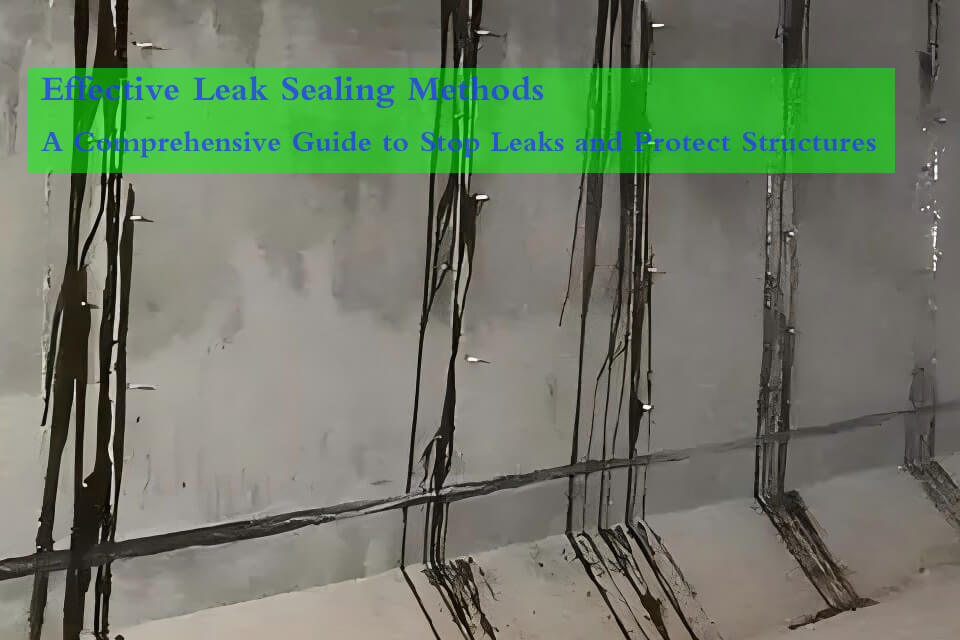
Effective Leak Sealing Methods: A Comprehensive Guide to Stop Leaks and Protect Structures
Leaks can occur in a wide range of environments, from commercial buildings to homes, and even industrial facilities.
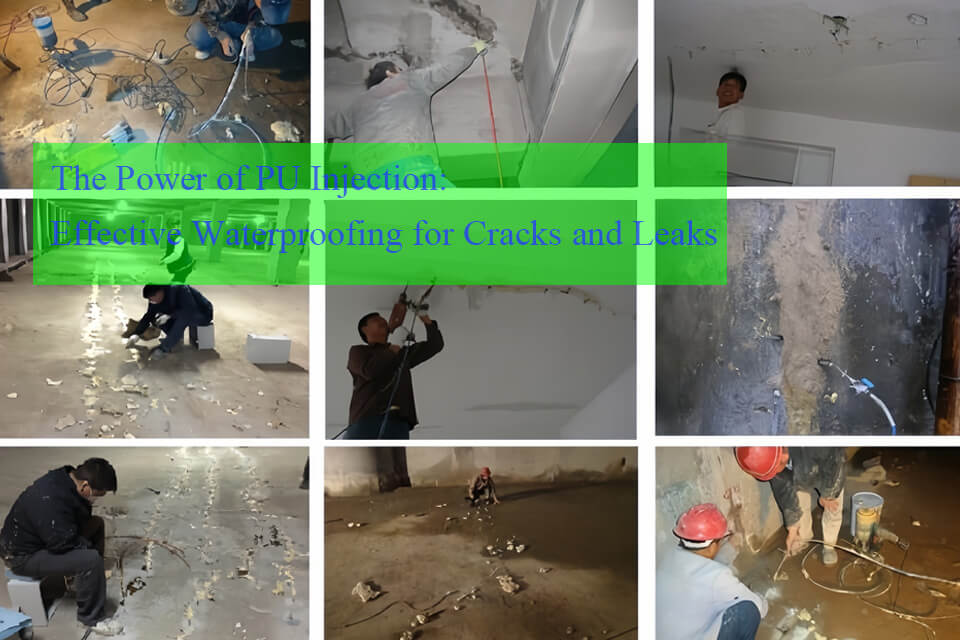
The Power of PU Injection: Effective Waterproofing for Cracks and Leaks
Polyurethane (PU) injection is a powerful method for waterproofing cracks and leaks in concrete structures.
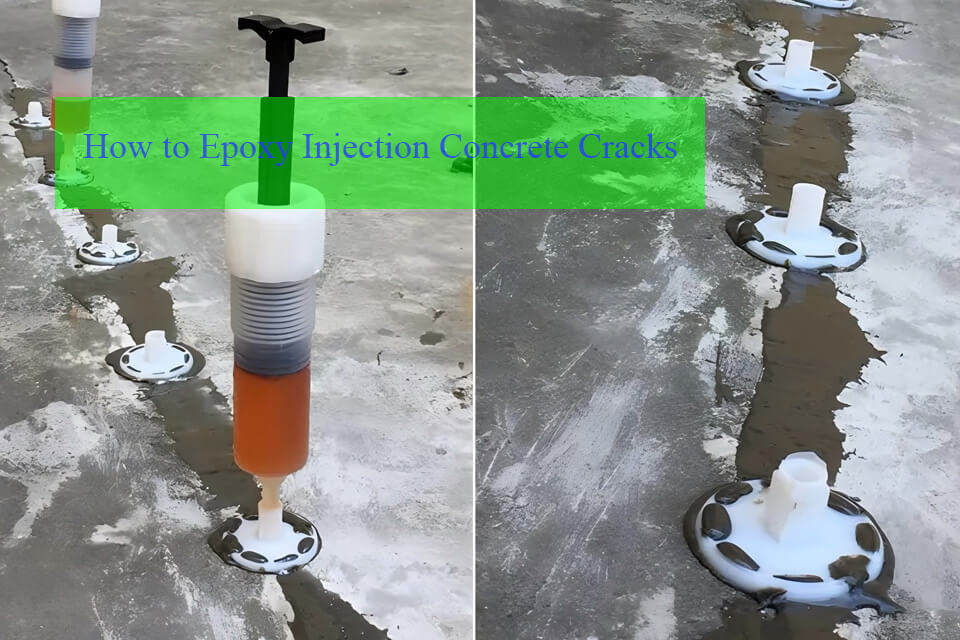
How to Epoxy Injection Concrete Cracks: A Comprehensive Guide
Concrete structures are prone to cracking over time due to various factors such as natural settling, temperature changes, and heavy loads.

How to Repair Foundation Cracks Using Polyurethane Foam Injection
Foundation cracks can lead to serious structural issues if left unaddressed.
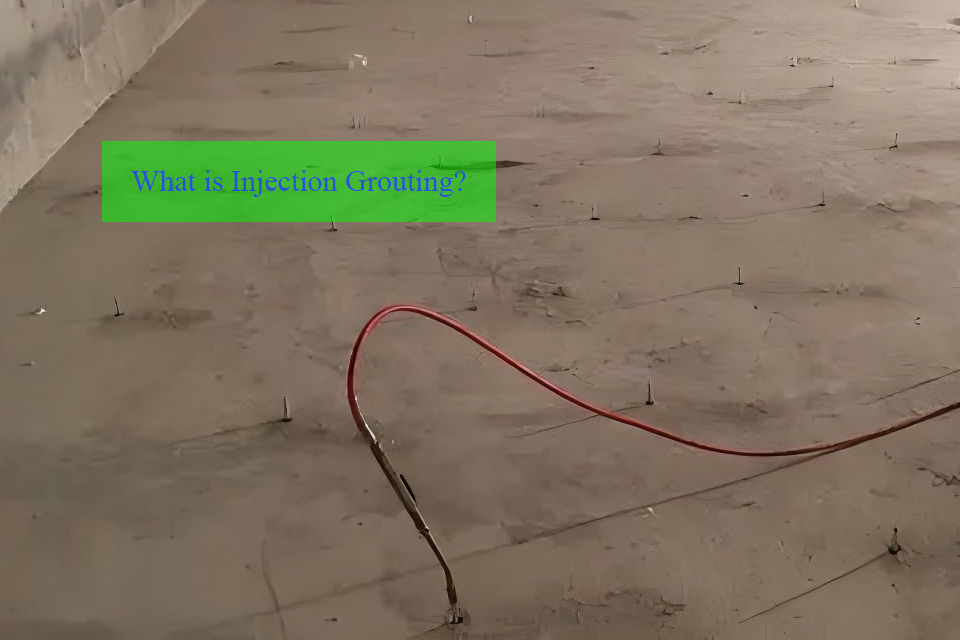
What is Injection Grouting? A Comprehensive Guide to its Benefits, Techniques, and Applications
Injection grouting is an essential process in construction and civil engineering, used to strengthen structures, waterproof surfaces, and fill voids.
- [email protected]
- +86 18157440126
- Mon-Sun 8:00-21:00
Tags
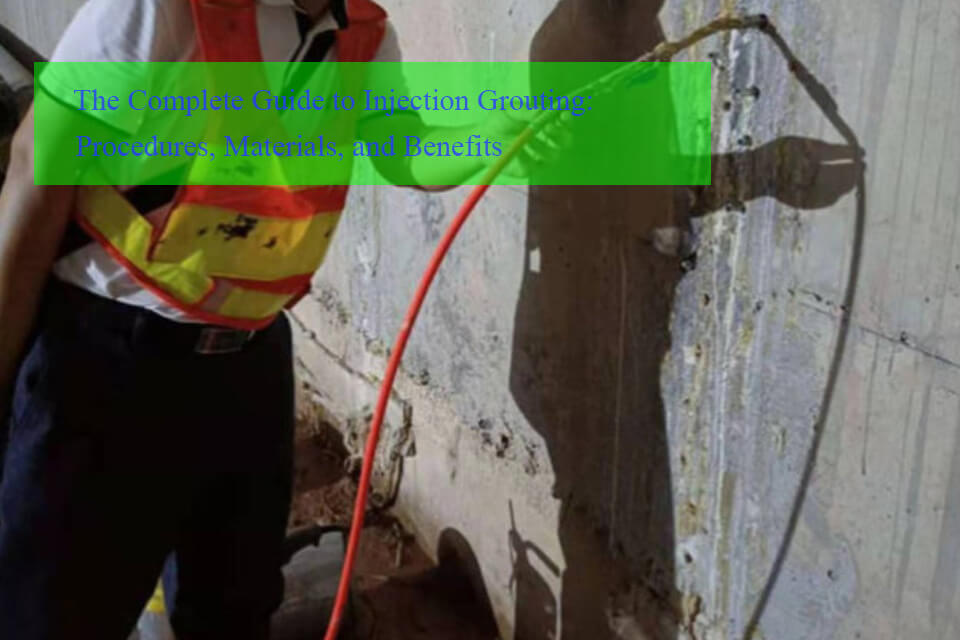
What is the Injection Grouting Procedure? A Detailed Guide to Concrete and Masonry Repairs
Injection grouting is a crucial technique used in construction and maintenance for repairing and reinforcing concrete and masonry structures.

Effective Leak Sealing Methods: A Comprehensive Guide to Stop Leaks and Protect Structures
Leaks can occur in a wide range of environments, from commercial buildings to homes, and even industrial facilities.
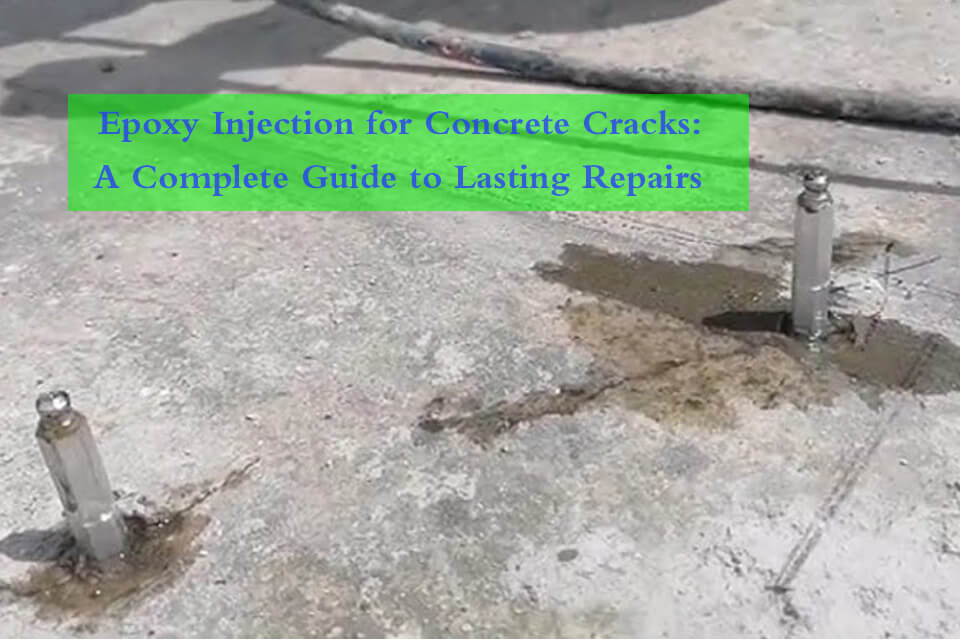
Epoxy Injection for Concrete Cracks: A Complete Guide to Lasting Repairs
In this article, learn how epoxy injection effectively restores structural integrity to cracked concrete, providing a durable, lasting solution.

